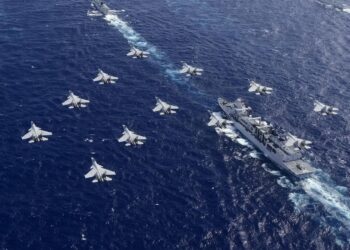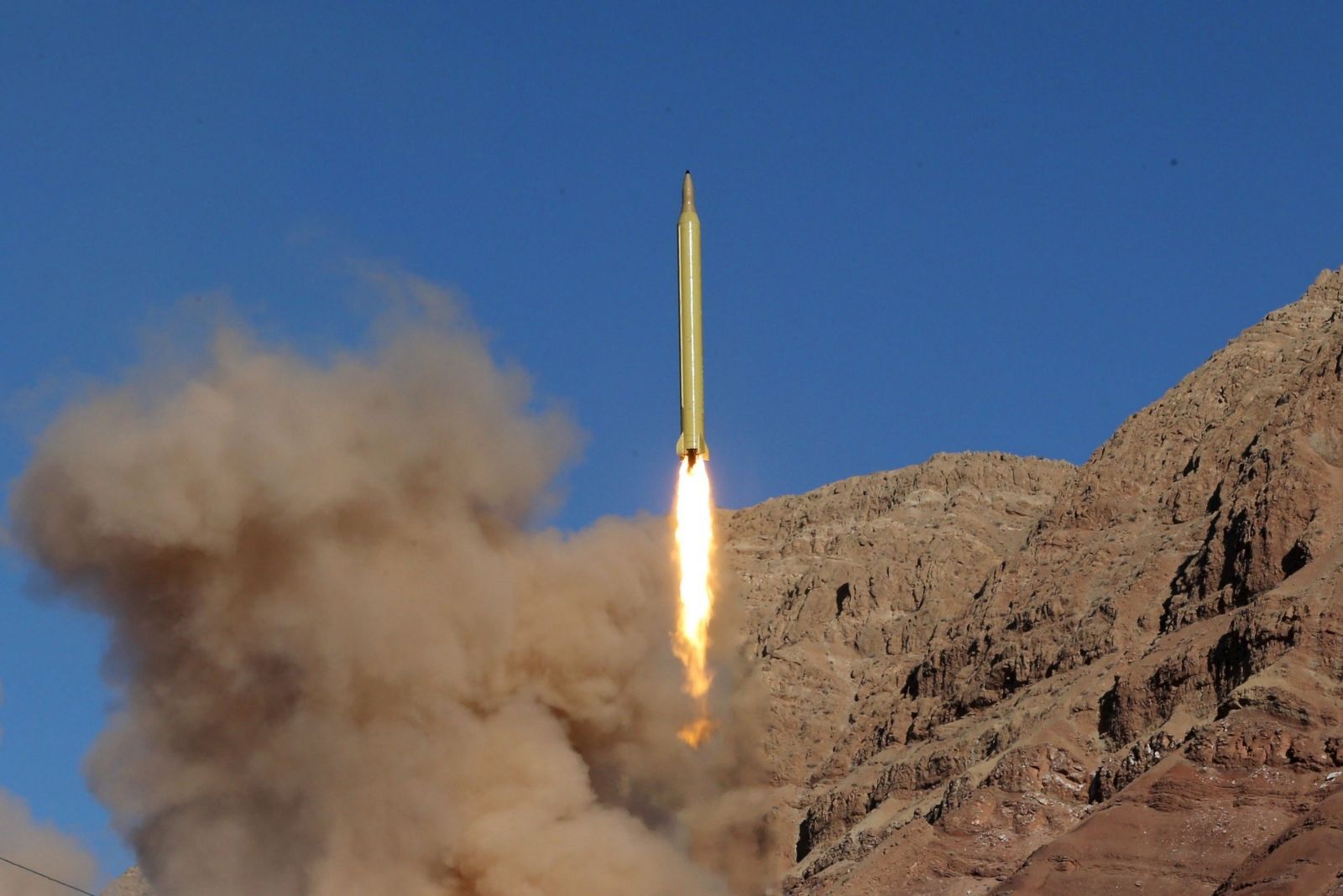US Department of Defense,
WASHINGTON: The Defense Department is looking for ways to integrate a structured learning environment and gaming to train military members, a senior official said.
“Structured learning environments are doing very well, but games offer such a tremendous motivational component to users,” Robert A. Wisher, director of the department’s advanced distributed learning initiative, said in a May 21 conference call with online journalists and bloggers.
“ADL is about delivering high-quality training and education anytime, anywhere to the force, DoD components [and] servicemembers,” Wisher said.
Officials are evaluating the value of different training technologies so the services can take advantage of them, Wisher added.
“Our big question on the benefit of games is, ‘How do the knowledge and skills learned from those computer games transfer to real–life tasks in operational or training context?” Wisher said. “You’re obviously learning. How would that parlay into some benefit for DoD?”
ADL intends to develop a standard way for games to communicate performance data into a structured learning environment, he noted. “So if you’ve been playing a game, maybe it has to do with some tactical decision making, and the game could notice you were strong on this, perhaps weak on that. That could be fed back to the structured learning environment,” Wisher explained. “Then you can get additional training on those areas you are weak in.”
Wisher said collaborating with the gaming industry is part of the initiative. Some military units already have begun integrating commercial games into their training, he noted.
“They’re mainly immersive environments, team-based, first–person-shooter-type games, some related to cultural awareness, convoy training, where [multiple players] are involved,” he said. “Any military operations require a lot of thought processes, and the fact that you exercise that as a small group might parallel those that you do on an actual operation.”
Ordinarily, he said, these games are used prior to deployment as an exercise. “‘Ambush,’ for example, is a convoy trainer where they would have actual terrain outlined in Iraq, and as they drive their convoys through, things to look out for in villages, cultural features of the terrain, etc.,” he said. “So it’s a mission rehearsal exercise for them.”
So far, feedback from servicemembers who have used these simulation training games has been very positive, Wisher said. “We have people coming back from Iraq, now having to sit through the ambush training device and saying, ‘Boy, I wish I had this before I went over there,’” he said.
One hurdle is the cost of developing the games, he acknowledged. “At some point, we’re going to want to look at some dollar values, maybe some efficiency measures, maybe some effectiveness measures,” he said. “The games are being made with these types of metrics.”









